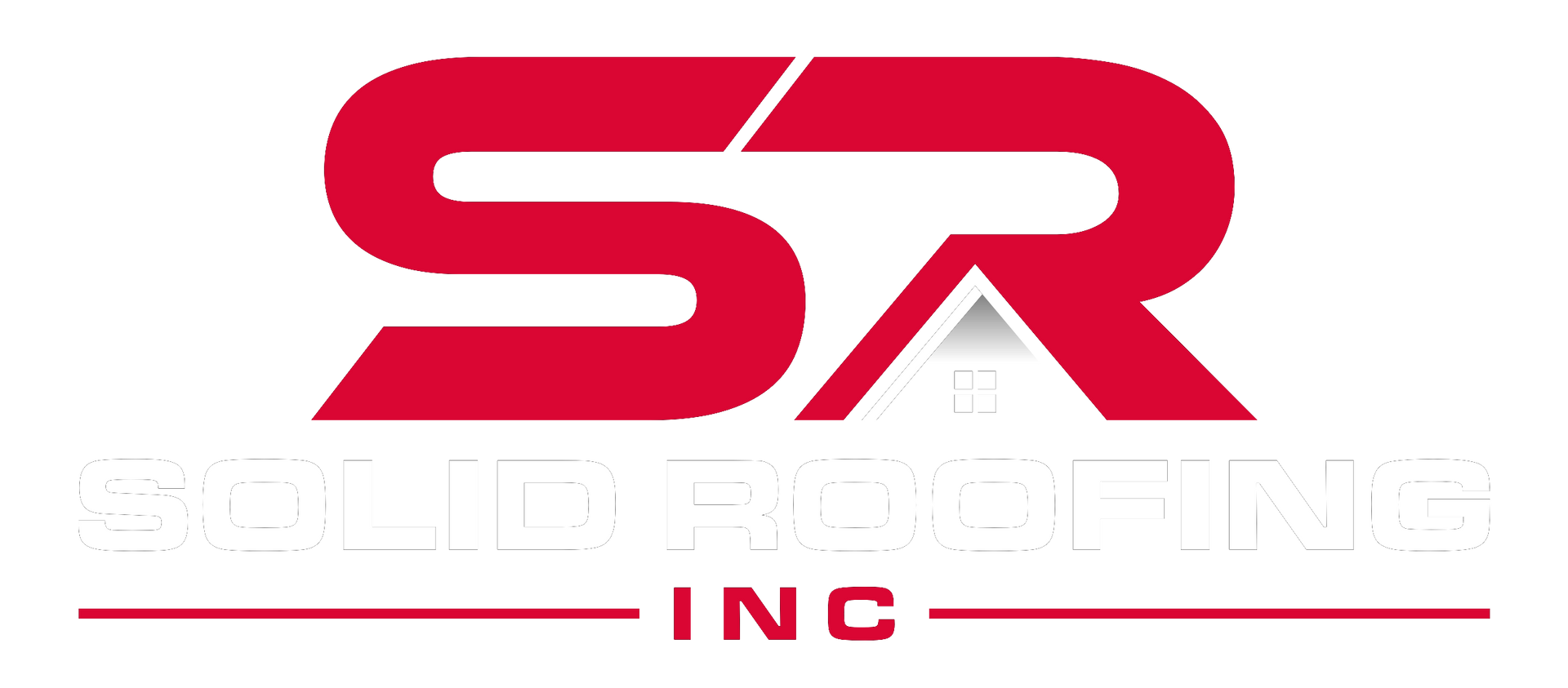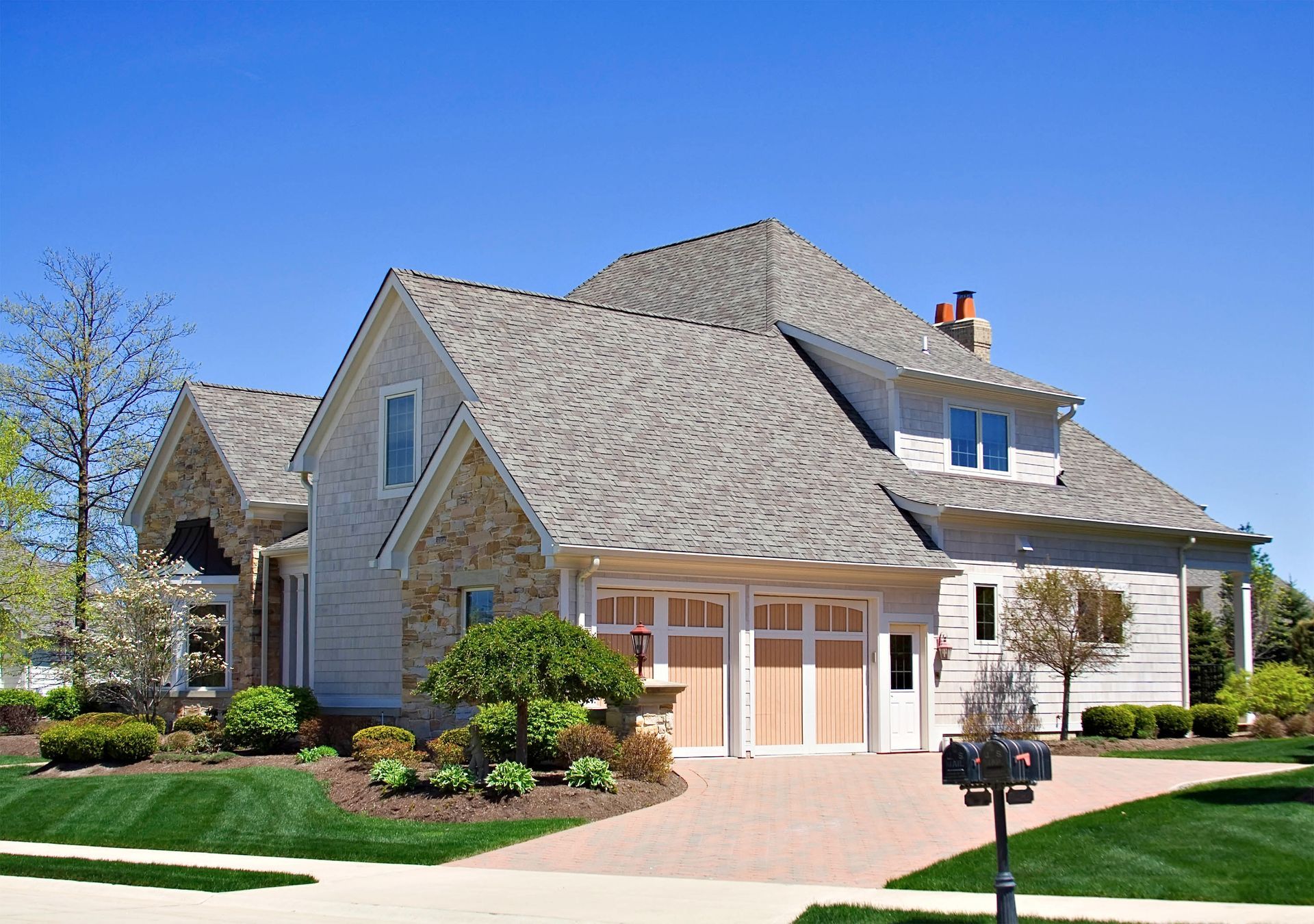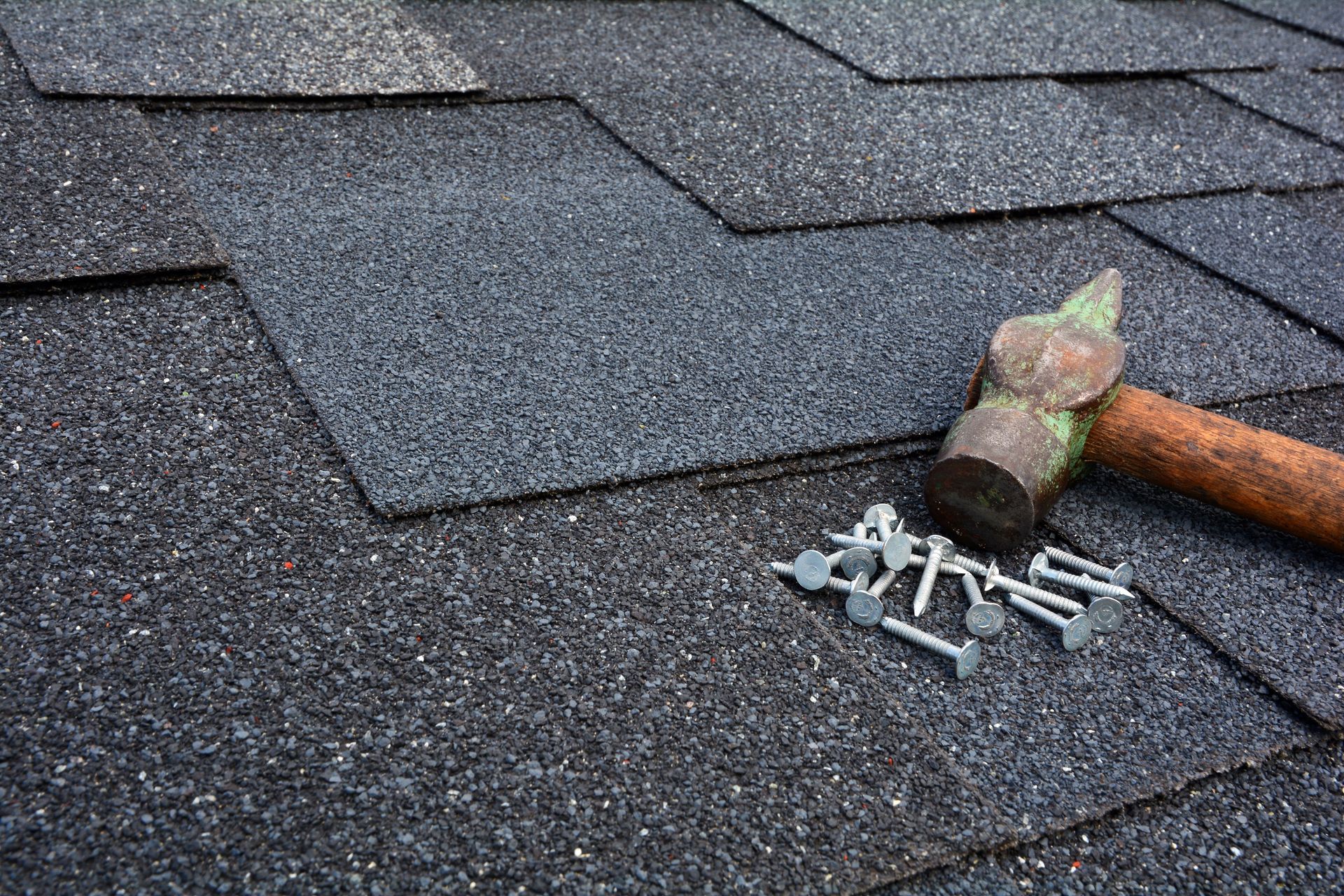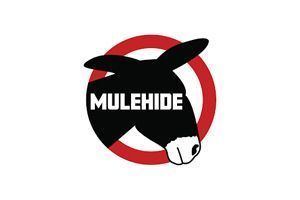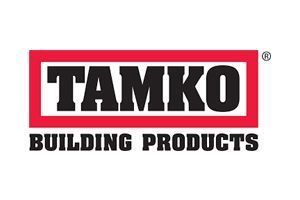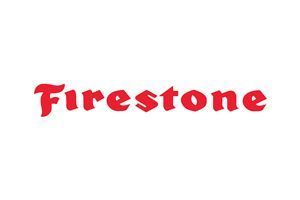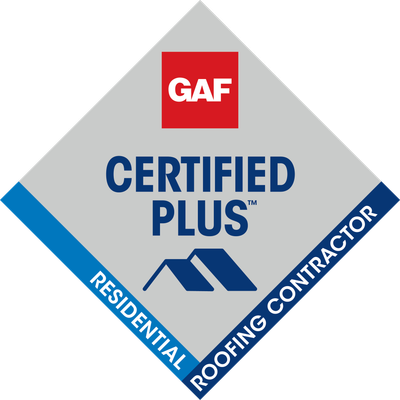6 Things You Should Know Before Installing a New Roof on Your Home
Embarking on the journey to install a new roof is a major investment that impacts your home’s value, safety, and energy efficiency. With roofing systems playing a vital role in protecting your property, it's essential to understand several key factors before selecting a material, hiring a contractor, or finalizing your project. This guide outlines six important considerations every homeowner should review before committing to a roof installation.
According to Grand View Research, the U.S. roofing industry was valued at over $56 billion in 2023 and is projected to surpass $70 billion by 2030, showing strong growth due to rising housing demand and renovation trends. Whether you're replacing a damaged roof or upgrading for aesthetic or energy reasons, planning ahead will help you avoid costly mistakes and ensure a smooth experience with your roofing company.
1. Choose the Right Roofing Material
The first step in any roofing project is to understand the available material options. Each material comes with distinct advantages, limitations, and suitability based on your climate and your home's structure. Affordable and widely used, asphalt shingles are an entry-level option that balances performance with price. While not the most durable, they are ideal for homeowners seeking quick installation and customizable colors. A company can help you explore various styles that fit your home’s aesthetic.
Metal roofing is a premium option known for its strength and energy efficiency. Though more expensive upfront, metal roofs are long-lasting and reflect sunlight, helping to reduce cooling costs. They're especially effective in regions prone to heavy rainfall or high temperatures.
Clay tile and slate roofs are aesthetically appealing and offer exceptional longevity. However, these materials are heavy and may require structural reinforcement. Consulting a roofer can ensure your home can support the added weight. For a more rustic appearance, wood shingles provide insulation and charm. These roofs require more upkeep and fire-resistant treatment, making them suitable for certain climates and neighborhoods.
2. Evaluate the Full Cost—Not Just the Price Tag
Many homeowners fixate on the sticker price of a roof, but the full cost includes far more than just materials. Factors like labor, permitting, underlayment, flashing, and disposal of the old roofing material all contribute significantly to the final bill. Beyond the installation itself, long-term costs such as maintenance, energy efficiency, durability, and potential repair expenses should also be considered. A cheaper roof upfront may end up costing more over time if it leads to frequent issues or lacks proper insulation. Investing in quality workmanship and materials can improve home value, reduce utility bills, and extend the roof’s lifespan, making it a smarter financial decision in the long run. Asphalt shingles may be cheaper initially, but they have a shorter lifespan. Materials like metal and slate, while more expensive upfront, reduce long-term maintenance and replacement costs. A good company can explain the expected lifespan and maintenance for each option.
Hidden costs, such as water damage repairs or necessary upgrades to the roof deck, can emerge once the old roof is removed. In our experience, you should set aside 10–20% of your total budget as a contingency to handle unexpected issues without stalling the project.
Home improvement loans, personal lines of credit, and sometimes financing programs offered by your roofing company can make roofing projects more manageable. Energy-efficient options may also qualify for tax incentives or rebates.
Online roofing calculators provide rough estimates, but nothing beats an on-site quote from licensed roofers. They’ll assess dimensions, slope, ventilation, and structural needs to provide an accurate quote.
3. Hire a Reliable Roofing Company
Selecting the right contractor will make or break your roofing experience.
Start by reading online reviews, checking references, and getting recommendations from local homeowners. Narrow your list to licensed, insured, and well-rated companies.
Don’t hesitate to ask for photos of past work, certifications, and how they handle warranty claims. An experienced roofing company should have no trouble providing evidence of quality craftsmanship.
Never accept vague or verbal estimates. Insist on written quotes that detail labor, materials, timelines, and warranty information. Beware of unusually low quotes, which could indicate inferior materials or unqualified labor.
A legally binding contract should include the scope of work, timeline, payment structure, and warranty terms. This safeguards both you and the contractor and prevents misunderstandings.
4. Consider the Architectural and Structural Impact
Roofing isn’t just functional—it contributes to your home’s character and performance.
The roof should complement your home’s style. Slate and tile suit Mediterranean and historic homes, while metal works well with modern or farmhouse-style structures. Consult your company for design guidance.
The pitch affects water runoff and snow shedding, which can be critical in certain climates. Additionally, heavy materials may require framing upgrades. Your contractor should inspect and calculate load-bearing needs before installation begins.
Proper attic ventilation extends your roof’s life by reducing moisture buildup. Combined with adequate insulation, this boosts energy efficiency and reduces utility bills. Ensure your roofing company includes this in your installation plan.
From unique tile layouts to energy-efficient shingles and solar panel integration, today's roofs offer a wide range of customization. These upgrades enhance curb appeal and may add resale value.
5. Adapt Your Roof to the Environment
Your region’s weather and climate should strongly influence your roofing decisions.
For snowy areas, steep pitches and metal roofing are effective. In hurricane zones, consider wind-rated shingles or impact-resistant materials. Work with a company that has experience in your specific region.
Recycled shingles, solar tiles, or living roofs offer environmental benefits and might qualify for green incentives. Many manufacturers now offer sustainable materials that are also durable and attractive.
As weather patterns become more unpredictable, homeowners should consider materials that stand up to intense heat, storms, and other environmental extremes. This adds long-term value and resilience to your home.
Cool roofs, solar-reflective coatings, and integrated solar panels can dramatically cut your electricity bills. Ask your roofing company which technologies make sense for your property and climate.
Building codes can vary by city and county. An experienced roofer will ensure your installation meets local regulations, which helps avoid fines or having to redo work.
6. Plan for Long-Term Maintenance and Upkeep
Even the most durable roof needs ongoing care to stay in top shape.
Inspect your roof annually and after severe storms. Look for cracked shingles, soft spots, and damaged flashing. Many roofing companies offer inspection plans as part of their service packages.
Small leaks can become big problems. If you spot water stains on your ceiling or missing shingles, call a company right away to avoid structural damage.
Before winter, clear gutters, check for loose shingles, and inspect seals around chimneys and skylights. In the spring, check for ice damage. Preventive care will prolong your roof's life.
Debris, moss, and algae can degrade your roof over time. Depending on your material, your company can recommend safe cleaning practices or perform them for you.
In our experience, if your roof is more than 20 years old or if it’s showing widespread wear, it may be more cost-effective to replace rather than repair it. A reputable roofing company can assess and recommend the best course of action.
Installing a new roof is one of the most critical investments you can make in your home. By understanding your material options, calculating the real costs, partnering with a qualified company, and planning for climate and long-term care, you position your home for years of reliable protection and increased value.
If you're ready to take the next step, Solid Roofing, Inc is here to help. With a team of experienced professionals, personalized recommendations, and a commitment to quality craftsmanship, we’ll guide you through every step of the process. Contact us today for a free, no-obligation quote and discover how we can make your roofing project smooth, efficient, and long-lasting.
